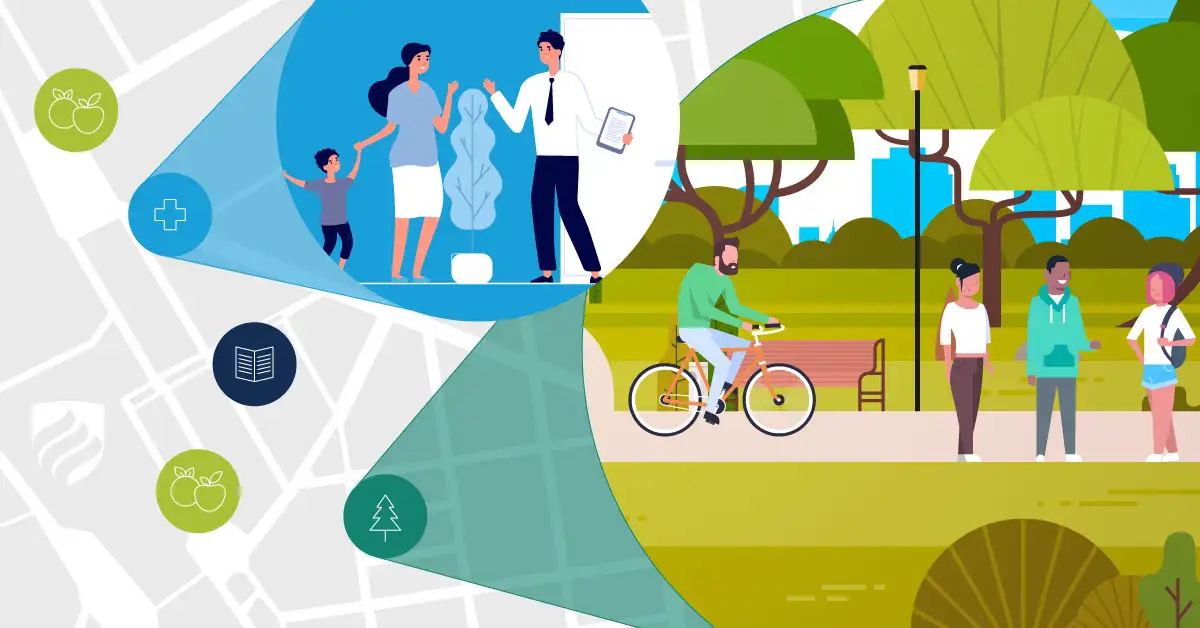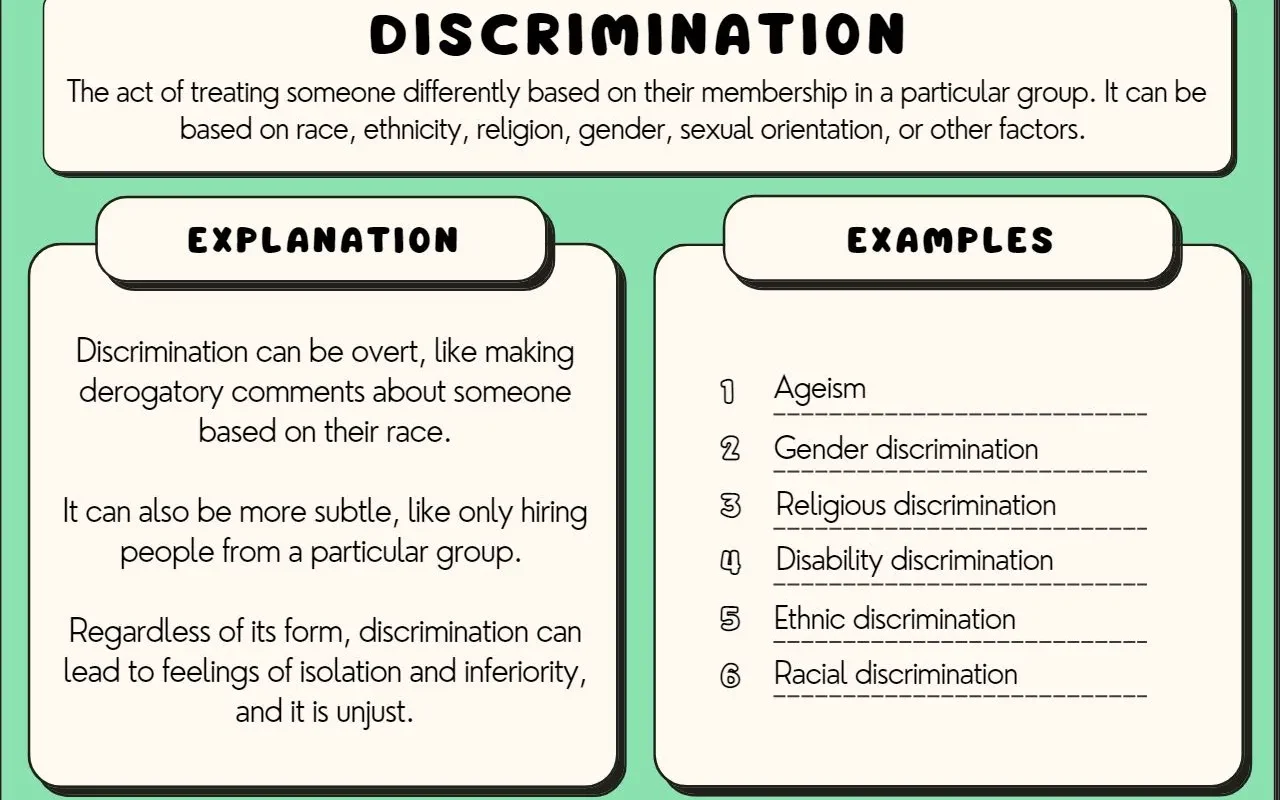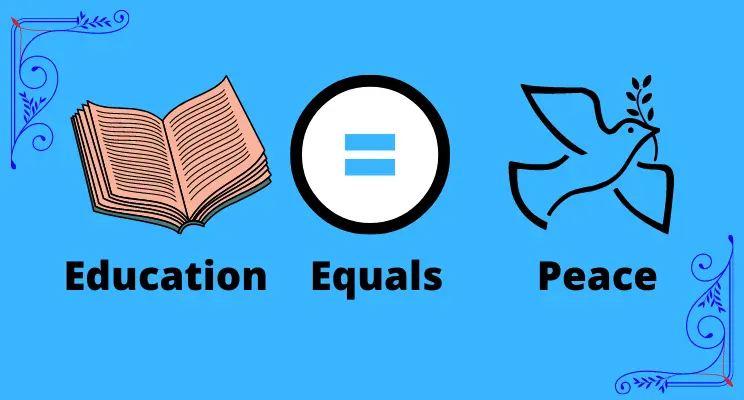“Educational empowerment breaks the cycle of poverty. We widely recognize education as a powerful tool for reducing poverty and improving lives.
It empowers individuals, strengthens communities, and fosters economic growth. Access to quality education breaks the cycle of poverty by providing tools for self-sufficiency.
Ultimately leading to a more stable and prosperous society. Let’s look at how does education reduce poverty.
Relationship: How Does Education Reduce Poverty
As of 2022, the poverty rate among individuals holding a Bachelor’s degree or higher stood remarkably low at 4.3% in the United States.
In stark contrast, the poverty rate for those lacking a high school diploma was notably higher at 25.2% in 2021.
This disparity underscores the profound impact of education levels on poverty rates within the country. (Poverty rate In USA by Education level)

1. Increased Income Potential
Education equips individuals with essential skills and knowledge needed for higher-paying jobs. Studies suggest that with each additional year of schooling, an individual’s earnings can increase by an average of 10%.
This translates to increased income for individuals and families, lifting them out of poverty. Education has several types that are different from each other but the goal is the same.
Education opens doors to opportunities in various sectors like technology, healthcare, and entrepreneurship.
The role of technology in our daily lives is increasing rapidly because of different issues that cannot be tackled by us.
These sectors offer higher earning potential compared to traditional low-skilled jobs, enabling families to escape poverty and improve their living standards.

Educated individuals are more likely to be employed and have greater job security. Education reduces the risk of unemployment and provides individuals with a stable income source, contributing to financial stability and poverty reduction.
2. Improved Health and Well-being
Education plays a crucial role in promoting health by teaching individuals about hygiene, nutrition, and preventative healthcare.
This reduces the incidence of diseases, improves child survival rates, and enhances overall health outcomes.
Educated individuals are more likely to make informed decisions about their health, seek medical attention when needed, and adopt preventive measures.
This leads to a healthier population and lowers the burden on healthcare systems, reducing the financial strain on families and communities.

Education empowers women to make informed choices about their reproductive health, leading to better family planning and reduced population growth. This can contribute to improved resource allocation and poverty reduction.
3. Enhanced Social and Political Participation
Education fosters critical thinking and problem-solving skills, allowing individuals to understand their rights and responsibilities as citizens.
This leads to increased civic engagement and participation in decision-making processes.
Education empowers individuals to advocate for themselves and their communities, demanding accountability and promoting social justice. This leads to a more equitable society where everyone has opportunities to thrive.
Education reduces discrimination and promotes social cohesion by breaking down barriers and fostering understanding between different groups.
This creates a more stable and peaceful society, which is essential for sustainable development and poverty reduction.

Read More: Discrimination and conflicts in U.S. society
4. Breaking the Cycle of Poverty
Education equips individuals with the tools to break the cycle of poverty. It empowers children from underprivileged backgrounds to achieve their full potential and escape the poverty trap.
Education promotes gender equality by providing women with equal opportunities for learning and development.
This allows them to participate fully in the economy and contribute to household income, leading to improved family well-being and poverty reduction.

Investment in education yields long-term benefits, creating a more skilled and productive workforce that drives economic growth and development.
This creates a ripple effect, leading to increased job opportunities and overall prosperity, ultimately reducing poverty rates.
5. Addressing Specific Challenges
Education can be tailored to address specific challenges faced by different communities in poverty.
For example, rural communities may benefit from education programs focused on agriculture and sustainable farming practices, while urban communities may need programs focused on digital literacy and entrepreneurship skills.

Education can be used to promote environmental awareness and encourage sustainable practices. This can help communities adapt to climate change and build resilience, reducing their vulnerability to poverty and ensuring long-term sustainability.
Education can promote peace and conflict resolution by fostering understanding and dialogue between different groups. This can create a more stable and secure environment, conducive to development and poverty reduction.
People Also Search
Education empowers individuals with skills and knowledge, leading to increased income potential, better health, and stronger communities.
This cycle breaks the poverty trap, creating a more equitable and prosperous society.
We should reduce poverty because it’s a moral imperative and a practical necessity.
Everyone deserves basic needs met and the chance to thrive. Unchecked poverty breeds instability, and conflict, and undermines our collective well-being.
A just society requires investing in education, healthcare, and opportunity for all, ultimately leading to a stronger and more prosperous world for everyone.
Education fuels economic growth, promotes social progress, and fosters political stability. It empowers individuals and strengthens communities, laying the foundation for a prosperous future.
Yes, the UN has made significant progress in reducing poverty globally. They helped halve extreme poverty between 1990 and 2015, lifting over 1 billion people out of poverty.
However, progress has been uneven, with Sub-Saharan Africa still facing high poverty rates. The COVID-19 pandemic also caused a setback, pushing millions back into poverty.
Despite these challenges, the UN remains committed to achieving its goal of ending poverty by 2030.
Conclusion
Education is not a magic bullet, but it is undeniably a powerful tool in the fight against poverty.
By empowering individuals, strengthening communities, and fostering economic growth, education can pave the way for a brighter future for all.
It is essential to invest in quality education for all, particularly for marginalized and vulnerable groups, to break the cycle of poverty and create a more just and equitable world.
We hope you enjoyed our article on how does education reduce poverty. If you have anything else let us know in the comment section.

